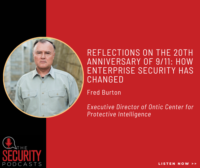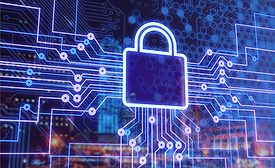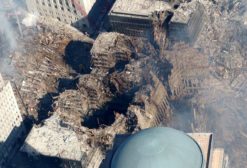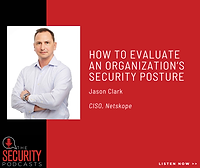Management
The balancing act of campus perimeter security
Keeping higher education environments open and secure is a balancing act that requires security leaders to regularly evaluate risk and the organization’s goals.
September 10, 2021
Mitigating risk through holistic scenario-based training
Scenario training helps bring readiness to life and ensures continuity and resiliency when security or emergency situations arise.
September 9, 2021
Sign-up to receive top management & result-driven techniques in the industry.
Join over 20,000+ industry leaders who receive our premium content.
SIGN UP TODAY!Copyright ©2024. All Rights Reserved BNP Media.
Design, CMS, Hosting & Web Development :: ePublishing








.jpg?height=168&t=1631278769&width=275)




